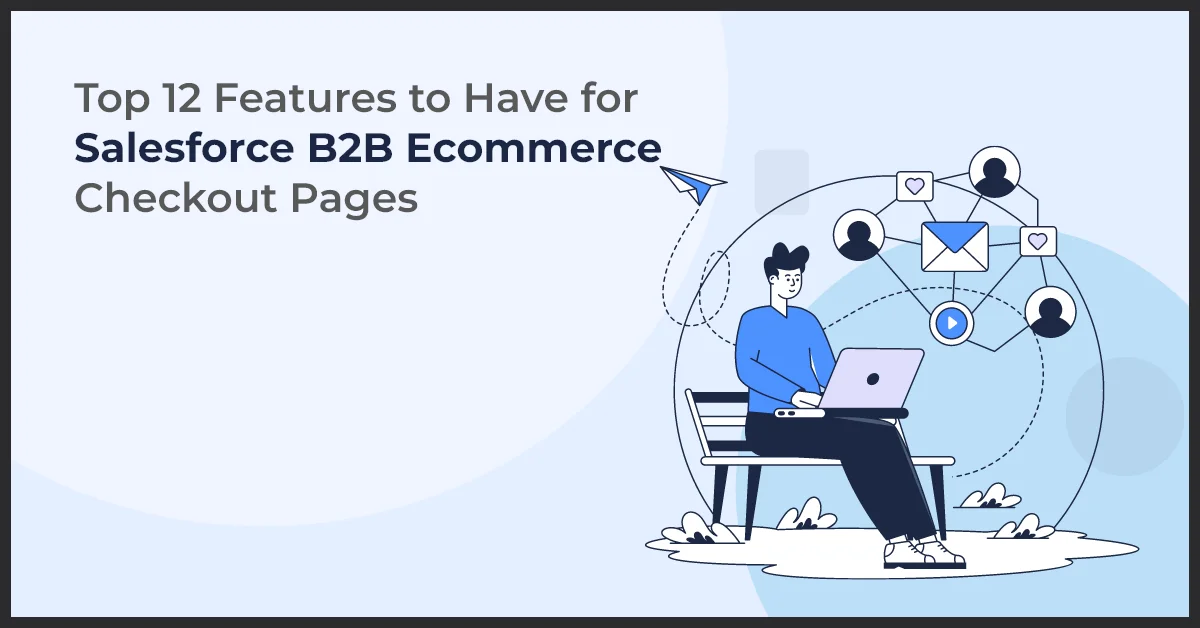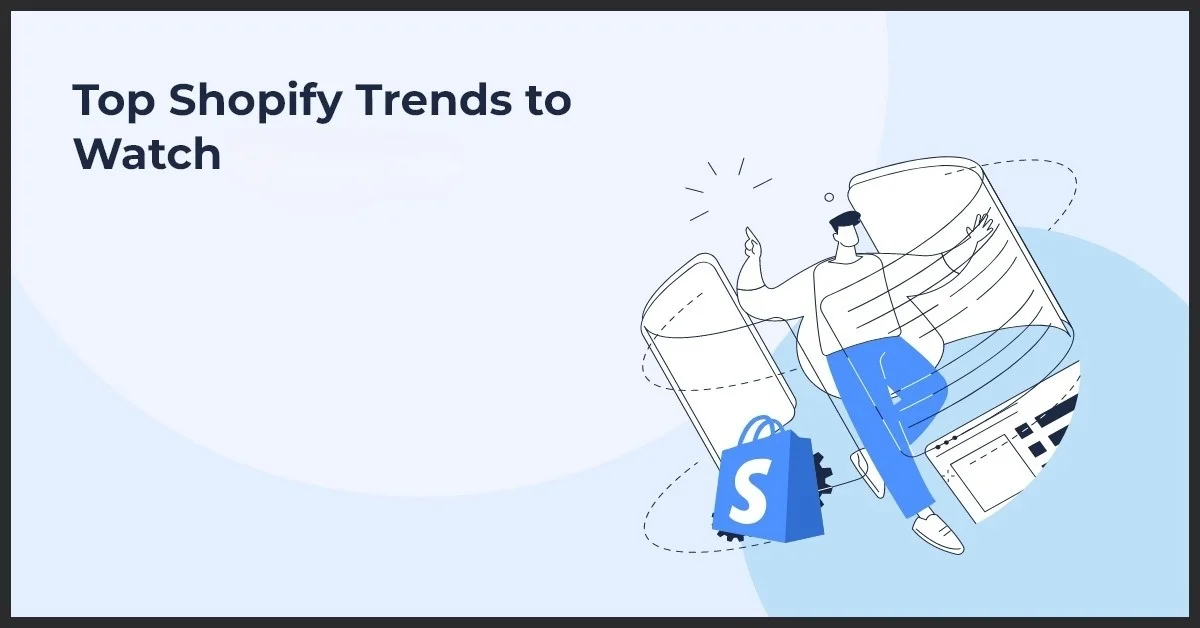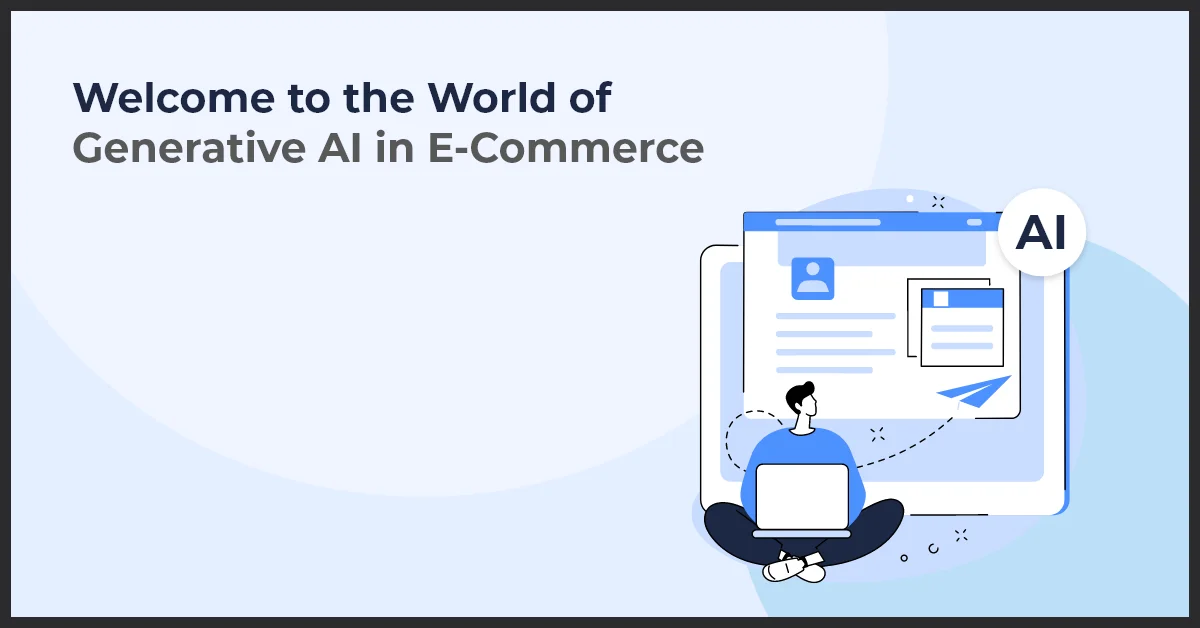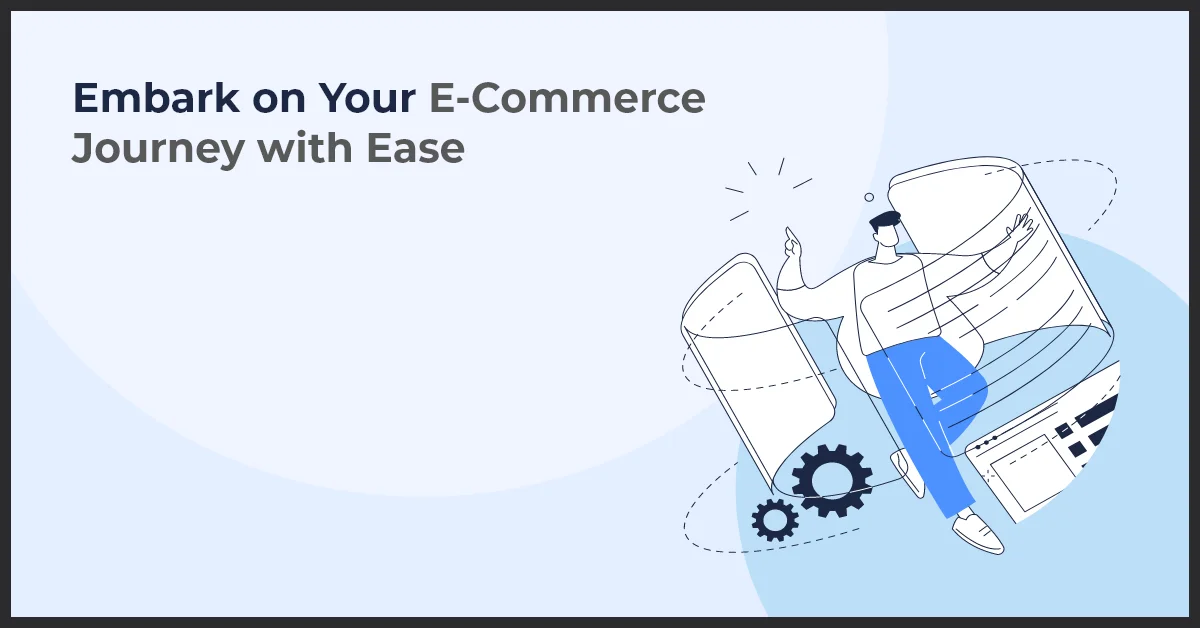Top 12 Features to Enhance Salesforce B2B Ecommerce Checkout

Published on: January 20, 2021
Updated on: March 11, 2025
1942 Views
- Ecommerce
12 min read
Are you looking for a game-changing sales and marketing tool to elevate your B2B business? Look no further than Salesforce B2B Ecommerce Checkout! With its robust features and seamless functionality, this platform is designed to optimize your checkout process and drive undeniable results.
In the world of B2B sales, a smooth and efficient checkout process is crucial for success. Customers expect a seamless experience, and any friction in the purchasing journey can lead to lost opportunities and increased cart abandonment. With Salesforce B2B Ecommerce Checkout, you can ensure a flawless buying experience that will impress your clients and maximize conversions.
Before we get into the details of Salesforce B2B Ecommerce pages or maximizing conversions, take a moment to think about the times you bought something from an Ecommerce store on Amazon. The product you bought was not just a purchase but held some sort of sentimental value as well.
When we talk about B2B Ecommerce, the purchases are need-based and do not hold an emotional quotient behind them. Assuming that a Salesforce powered B2B website will work in the same way as a B2C one is a mistake that can lead to disastrous results in the long run.
Feeling dissatisfied with the lack of negotiation options or absence of features like rapid-reordering irks the customers and many abandon carts at checkout. Our objective should be to look at the B2B Ecommerce marketplace trends and evolve them to cater to B2B requirements.
The checkout page is the most crucial element in driving B2B Ecommerce and has a significant impact on the conversion rates. It is here that B2B customers will decide if your product is worth the price and place an order.
You need to have an ergonomic design and flow for your checkout page; it will be easier to win your clients' trust and increase your revenue. But if you fail to deliver here, you can expect loads of abandoned carts, and most importantly, most users will never come back to complete a purchase.
Salesforce B2B Ecommerce Checkout: The Ultimate Sales and Marketing Tool
In the world of B2B businesses, the checkout process plays a crucial role in the success and growth of an ecommerce platform. With Salesforce B2B Ecommerce Checkout, businesses can revolutionize their sales and marketing strategies to maximize conversions and drive revenue.
Overview of Salesforce B2B Ecommerce Checkout
Salesforce B2B Ecommerce Checkout is a powerful tool that enhances the buying experience for B2B customers. It offers a seamless, user-friendly interface for capturing orders, facilitating smooth transactions, and accelerating the sales cycle.
With advanced features such as personalized pricing, guided selling, and integration with CRM systems, Salesforce B2B Ecommerce Checkout provides businesses with a comprehensive solution for managing sales and marketing efforts in one centralized platform.
The Importance of a Seamless and Efficient Checkout Process
For B2B businesses, a seamless and efficient checkout process is vital for success. It directly impacts customer satisfaction, brand reputation, and ultimately, revenue generation. A complicated or time-consuming checkout process can lead to cart abandonment, frustrated customers, and missed sales opportunities.
By utilizing Salesforce B2B Ecommerce Checkout, businesses can streamline the buying experience, minimize friction, and ensure a smooth journey for their customers from initial intent to final purchase. This not only improves customer satisfaction but also increases conversion rates and boosts sales.
Furthermore, a seamless checkout process enables businesses to gather crucial data and insights, allowing for more effective sales and marketing strategies. It facilitates the identification of customer preferences, behavior patterns, and purchase history, empowering businesses to deliver personalized experiences and targeted promotions.
In conclusion, Salesforce B2B Ecommerce Checkout is a game-changing tool for B2B businesses looking to enhance their sales and marketing capabilities. By providing a seamless and efficient checkout process, it offers businesses the opportunity to maximize conversions, drive revenue, and establish a strong brand presence in today's competitive market.
Why Do Customers Churn During Checkout?
Before we look at the solutions to decrease the churn rate, it is best to understand why such a situation builds up in the first palace. Here are the top causes that increase the churn rate on B2B Ecommerce websites.
- Limited payment channels
- Hidden costs and overhead charges
- Lack of shipping methods and delivery options
- A complicated and inconvenient checkout flow
- Compulsory account creation before placing order
- Technical glitches during the checkout process
- Discrepancies in balance and charges
- Lack of data protection measures
- Unclear and ambiguous policies for returns or exchange
- Loss of cart while adding or removing items from it
Now that we have a clear idea about some of the most crucial concerns customers have, you cannot deny that you need a B2B CRM that improves the customer experience and allows you to have a long-sightedness for your brand.
Pro Tip: Conduct regular checkout experience audits to identify pain points that may lead to churn. Use customer feedback and analytics to address issues like lengthy forms, unexpected costs, and payment method limitations, ensuring a smoother checkout process that minimizes abandonment rates.
Must-Have Features to Boost Salesforce B2B Ecommerce Checkouts
A combination of Salesforce B2B Commerce Cloud and CPQ & Billing can help you achieve the desired business goals. Let’s take a look at the checkout features that your Ecommerce platform should include.
1. CTAs That Promise Excellent Value
If you sell in both B2C and B2B markets, you can expect customers to sample the product range in the B2C section.
Your platform should identify these customers based on product quantity, IP address, and account usage. Why? Because the information can then be used to lead them to your B2B platform.
Using CTAs to ensure customers receive value on every purchase is a great way to boost checkout sales.
Pro Tip: Tailor your CTAs to align with customer interests and behaviors. Use analytics to identify trends and create compelling calls to action that highlight unique value propositions, enhancing engagement and conversion rates.
2. Autofill Options for Convenience
Personalization is a critical component of B2B Ecommerce. You can deliver on this front during the checkout stage by enabling auto-filling details during the purchase process. But don’t overdo it as many customers might not want this feature.
3. Direct Billing Option
Many B2B customers prefer the bills to go directly to the account payables team to save time. By enabling direct billing, you can cater to their needs. Also, it is a matter of choice, and not everyone will opt-in for this.
4. Convenient Sign-Up and Registration Process
Returning B2B customers are often responsible for bringing in more revenue. Therefore, it becomes crucial to keep a balance between getting their details and not causing any inconvenience.
B2B customers don’t wish to fill lengthy forms for signing up, and there is a good chance that they will leave if they get frustrated. Create easy sign-up options like sign up with Gmail or Facebook to serve them better.
5. Providing Credit Detail Specification
Don’t blindside the customers about exceeding their spending limit after the purchase. Your checkout page should give them any information about their credit limit and notify them of any other due invoices before purchasing.
You may also provide alternative payment methods to prevent them from abandoning their cart to avoid any pending bills.
6. Surprising Your Customers
Checkout pages are the best place to showcase your surprise offers to the customers. The idea of getting an additional purchase at a special price is always tempting.
You can use it to up-sell, cross-sell, or offer service packages effectively. Once the customer discovers how much money they are saving or their value, they will opt-in or come back again to purchase more.
7. Appreciate Their Business
Keeping your customers happy is essential, but what’s even more important is to value them and keep their best interests in mind. Always make it a point to send them reminders about how your association with their company goes beyond monetary benefits.
Highlight how both businesses add value to each other and how a long-term association will pave the way for mutually beneficial deals in the future. And while you are at it, always notify them of the best deals they might be interested in.
8. Be Transparent
As discussed earlier, disinformation or hidden policies are a significant reason for cart abandonment. Always mention your specifications and policies at the checkout page in a transparent manner. Let the customers check the policies on the final page before they make a purchase decision.
9. Mobile-Friendly Omnichannel Approach
Nearly 70% of B2B users made queries using their smartphones. With Salesforce B2B Ecommerce, you can rest assured that your fully responsible pages will be able to adapt to any smart device across different sizes.
10. Effortless Bulk Addition and Rapid Reordering
To win B2B customers, give them an option to add build orders from the checkout page itself. Eliminate any glitches when customers modify their carts and re-order items with a single click.
You help them save time and effort, and they will come back for the convenience alone.
11. Multiple Delivery, Shipping, and Payment Options
Two-day shipping, overnight delivery, free shipping, and free in-store pickup are some of the most popular delivery options you can offer your customers. B2B customers also want freedom when choosing the type of shipping they want.
Additionally, you can also offer live tracking for the orders to keep the customers informed about their packages.
The checkout experience can also be improved by allowing customers to pay through debit cards, credit cards, internet banking, or even online wallet transfers.
12. Follow Up on Abandoned Carts
Some good companies save a customer’s cart even after they abandon it, and this small action often piques the interest of a B2B customer.
What’s even more important is to follow up on the carts that were abandoned intentionally. Leading eCommerce brands use Salesforce checkout analytics to determine why the abandonment and your service teams can reach out to the customers through different communication channels.
Read also: Why You Should Implement Salesforce Digital 360 In Your B2B Commerce Business In 2021
Pro Tip: Utilize automated email reminders to re-engage customers who abandon their carts. Personalize these emails with product recommendations or special offers to entice them back and encourage completion of their purchase.
Integration with Ecommerce Platforms
Integrating Salesforce B2B Ecommerce Checkout with various ecommerce platforms can streamline and enhance your online business operations. By seamlessly connecting your Salesforce B2B Ecommerce Checkout with a compatible ecommerce platform, you can create a streamlined and efficient checkout experience for your customers.
A. How Salesforce B2B Ecommerce Checkout integrates with various ecommerce platforms
With Salesforce B2B Ecommerce Checkout, you have the flexibility to integrate with various ecommerce platforms. This integration enables you to sync product information, customer data, and inventory between your ecommerce platform and Salesforce, ensuring a seamless and consistent shopping experience.
The integration process is straightforward and customizable, allowing you to tailor it according to your specific business needs. By leveraging APIs and connectors, you can easily connect Salesforce B2B Ecommerce Checkout with popular ecommerce platforms, such as:
- Shopify
- Magento
- BigCommerce
- WooCommerce
B. Creating a seamless and efficient checkout experience through integration
Integration between Salesforce B2B Ecommerce Checkout and your chosen ecommerce platform enables you to create a seamless and efficient checkout experience for your customers. By syncing customer data and order information, you can eliminate manual data entry, reduce errors, and accelerate the checkout process.
Through integration, you can also provide real-time inventory updates, ensuring that customers have accurate information about product availability. This transparency not only enhances customer trust but also helps prevent any potential inventory-related issues.
C. Examples of popular ecommerce platforms compatible with Salesforce B2B Ecommerce Checkout
Salesforce B2B Ecommerce Checkout offers compatibility with a wide range of popular ecommerce platforms.
Here are a few examples:
- Shopify: Sync your Shopify store with Salesforce B2B Ecommerce Checkout to streamline order management and inventory control.
- Magento: Integrate Magento with Salesforce B2B Ecommerce Checkout to provide a unified shopping experience and empower your customers with personalized product recommendations.
- BigCommerce: Connect BigCommerce with Salesforce B2B Ecommerce Checkout to automate order processing, inventory updates, and customer data synchronization.
- WooCommerce: Combine WooCommerce's powerful ecommerce features with Salesforce B2B Ecommerce Checkout to create a robust and scalable online storefront.
Key Takeaways
- Salesforce B2B E-commerce Checkout enhances the buying experience for B2B customers by providing a seamless, user-friendly interface that optimizes the checkout process.
- An efficient checkout process is essential to prevent cart abandonment and increase conversion rates, directly impacting customer satisfaction and revenue generation.
- Features like personalized pricing, guided selling, and integration with CRM systems help businesses effectively manage their sales and marketing strategies.
- Transparency in policies and multiple payment and shipping options enhance customer trust and convenience during the checkout experience.
- Integrating Salesforce B2B E-commerce Checkout with popular e-commerce platforms streamlines operations and improves the overall shopping experience for customers.
Wrapping Up
To create a customer-friendly checkout experience, you don’t have to solve any complicated puzzles. Salesforce Commerce Cloud and Salesforce CPQ and Billing can take care of the needs mentioned above in a breeze.
But what you will need is a skilled team to develop your B2B Ecommerce platform and weave in some third-party applications.
Do not lose a single customer during checkout anymore! To know how you can get started with B2B Ecommerce, improve your existing processes, get in touch with our team today!
Frequently Asked Questions
Essential features for B2B e-commerce checkout pages include bulk order capabilities, flexible payment options, customizable pricing, detailed invoicing, purchase order integration, and a streamlined, multi-step process for complex orders.
Salesforce supports B2B e-commerce checkout by offering features like customizable checkout processes, integration with ERP systems, automated invoicing, and detailed analytics to enhance the checkout experience and manage B2B transactions efficiently.
User experience is crucial in B2B checkout pages as it impacts ease of use, efficiency, and satisfaction. A smooth, intuitive, error-free checkout process reduces cart abandonment and improves conversion rates.
A customizable checkout process offers benefits such as aligning with specific business needs, accommodating various purchasing workflows, enhancing customer satisfaction through tailored experiences, and integrating with existing systems and processes.
Mobile responsiveness is important for checkout pages as it ensures a seamless experience across devices, reduces friction for mobile users, and increases conversion rates by making it easy for customers to complete purchases on smartphones and tablets.



